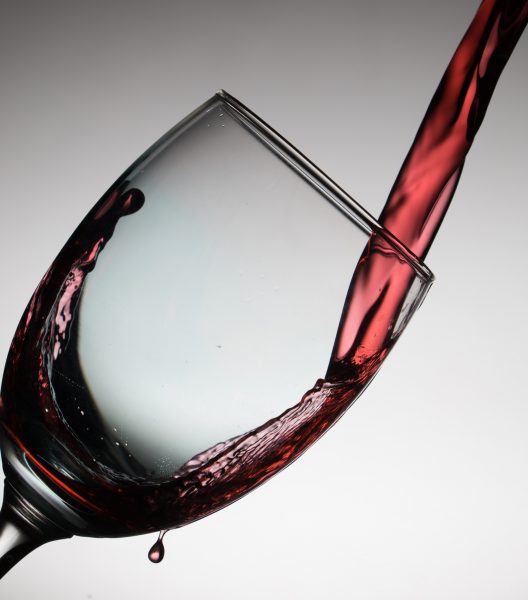Many of us have been mesmerized by swirling wine around a glass, watching the characteristic “tears” drip down the sides.
At the recent American Physical Society (APS) meeting in Boston, Massachusetts, Andrea Bertozzi (Professor of Mathematics, UCLA) presented her group’s mathematical analysis of the equations used to describe this phenomenon.
As the alcohol in wine evaporates, less alcohol is present in the meniscus compared to the bulk, and a surface tension gradient is created across the top of the wine. The combination of this gradient and a thermal gradient results in a Marangoni stress, which causes a wine film to climb up the side of the glass against gravity.
Bertozzi’s group revisited this problem, noting that the seminal equations were missing some important physics. Taking into account the role of the geometry of the wine glass, together with the balance between thermal effects, surface tension, and gravity, they reworked the scaling of the equations after examining parameters and images from classical experiments.
They argue that undercompressive shocks can arise, resulting in a sheetlike upward flow of liquid. Their updated mathematical model could have important implications for thin film morphologies and deposition processes.

















